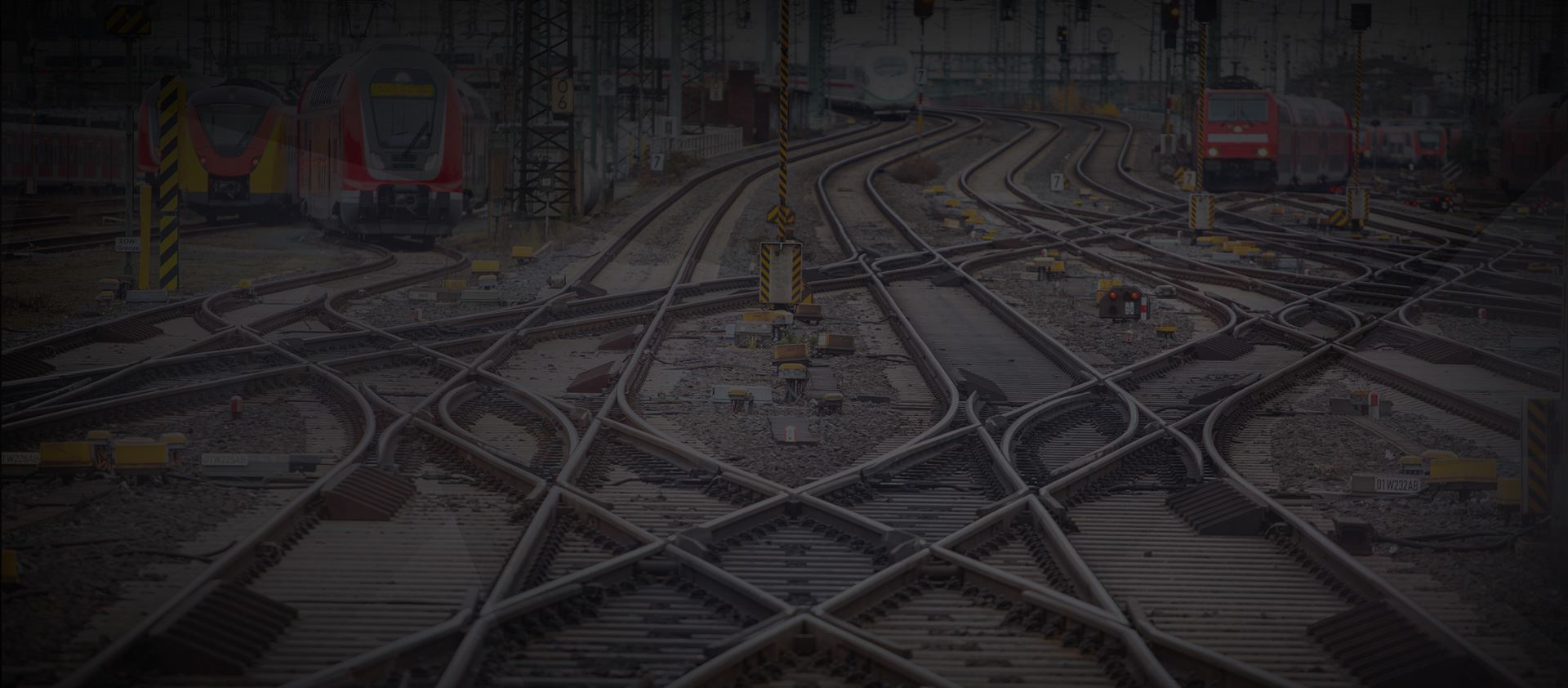
Railroad Fencing Lawyers
Legal Advice for People Injured Because of Negligent Safety Measures
Studies show that fencing along railroad tracks deters both children and adults from entering the rights-of-way and encountering the inherent dangers of trains and railroad tracks. Railroad companies are fully aware that, because railroad tracks often divide neighborhoods, most people will walk across tracks rather than go several miles out of their way to reach a designated crossing. Railroads are also aware that children are naturally attracted to these tracks.
Double Standards in Railroad Fencing
For decades, the Federal Railroad Administration (FRA) and safety engineers have studied the monumental problem of pedestrian deaths on railroad tracks. As far back as the 1970s, the FRA has recommended fencing as a highly effective solution to deter pedestrians on tracks. Despite this, most major railroads refuse to fence their tracks, even in areas with high instances of pedestrian use, including areas where multiple fatalities have occurred.
It is interesting to note, however, that when cities, parks, and trails request to use land adjacent to tracks, railroad companies require those entities to build and pay for fencing but refuse to do so themselves. Perhaps even more interesting is that railroads fence their own yards and facilities to deter trespassers but refuse to build fencing in areas known to be dangerous.
Long-standing laws, regulations, and statutes of many states require railroads to fence off their tracks and rights-of-way. However, railroads often refuse to comply. A Minnesota law, for example, requires railroads in the state to fence both sides of its rights-of-way. The purpose of this statute is to protect children, and “the duty created by the statute is absolute” and “it is not a mere fence law, but a police regulation designed for benefit of the public” (Rosse v. St. Paul D.R. Co., 68 Minn. 216, 218. 1897). Minnesota has expressly and repeatedly held that railroads are 100% at fault when certain requirements are not met, such as when a railroad fails to build or maintain a fence and a child is injured. An example of this can be found in the case of a nine-year-old St. Paul boy, for which Bolt Law Firm was retained.
Another Minnesota law allows individuals and businesses that own property that abuts railroad tracks to request that the railroad build and maintain a durable fence. Depending on the time of year, railroads are then given 30 days to construct the fence. In the likely case that the railroad refuses to build such a fence, the property owners have the option to build the fence themselves and to seek double the cost of the fence, plus attorney fees, or initiate a lawsuit against the railroad for the cost of the fence, plus attorney fees.
We deal with railroads across the country and thoroughly understand laws and facts regarding railroads and fencing.
To learn more about this type of claim or to schedule an initial consultation, contact the experienced attorneys of Bolt Law Firm.